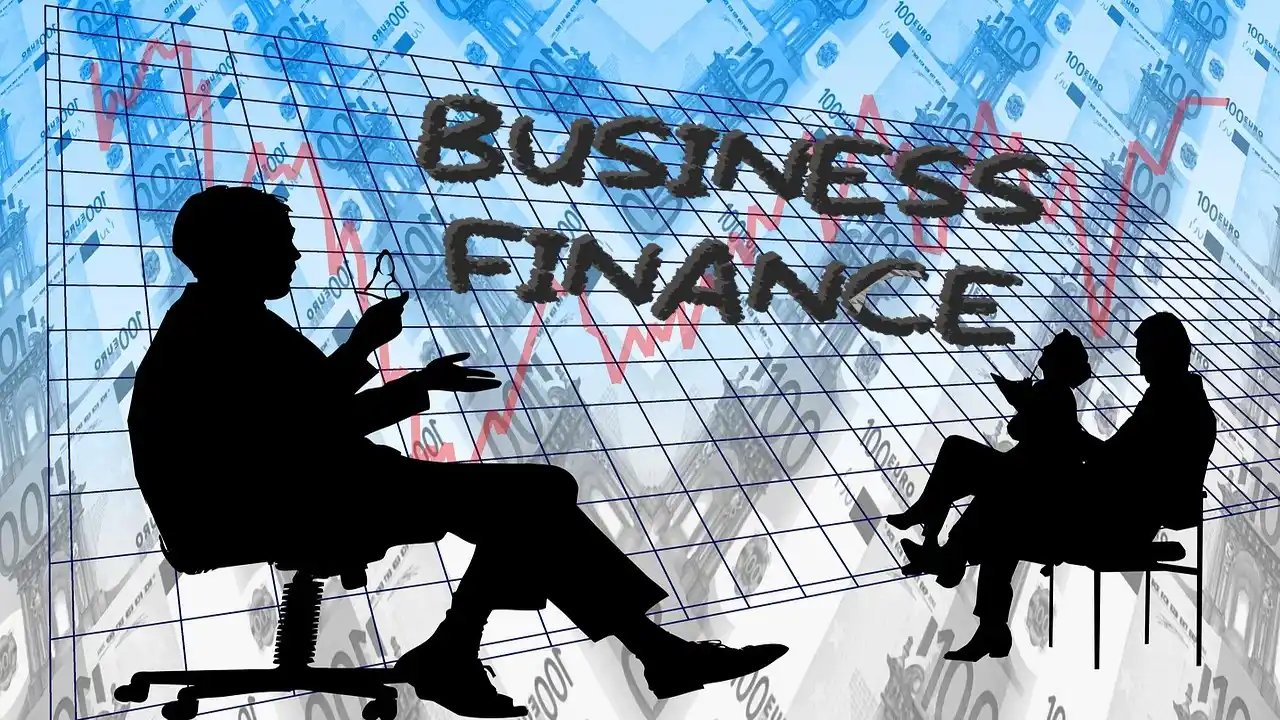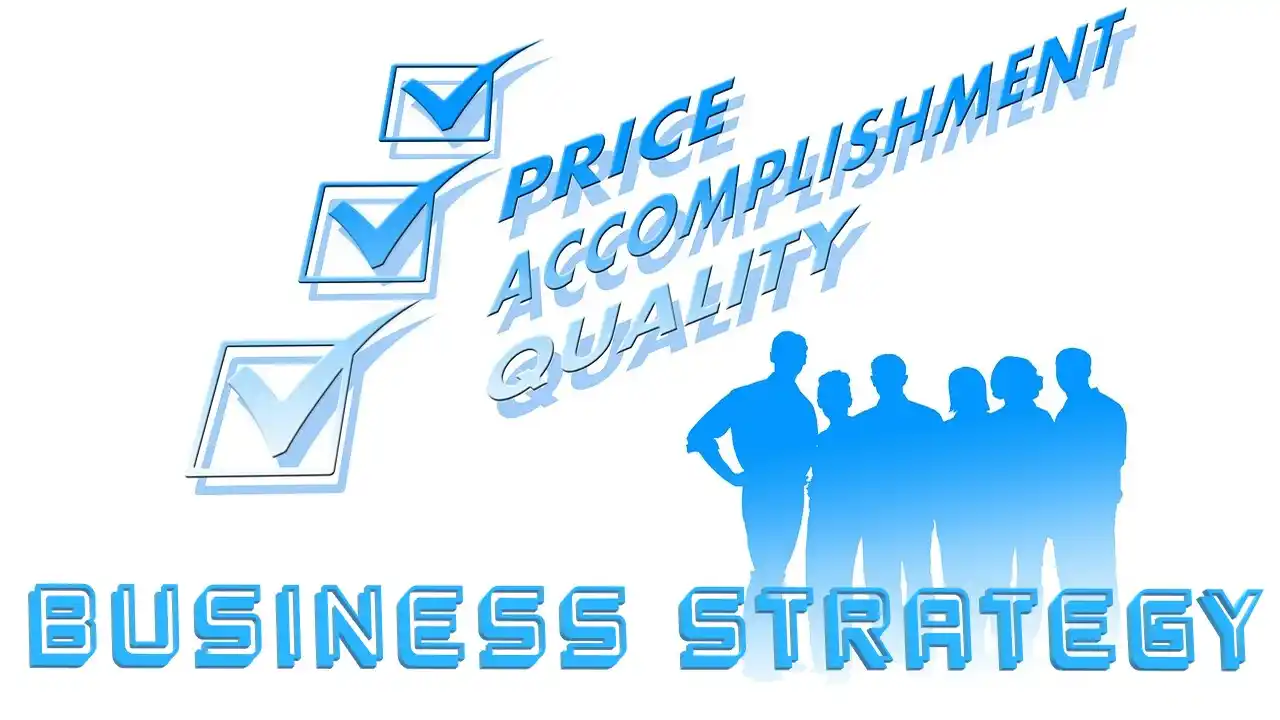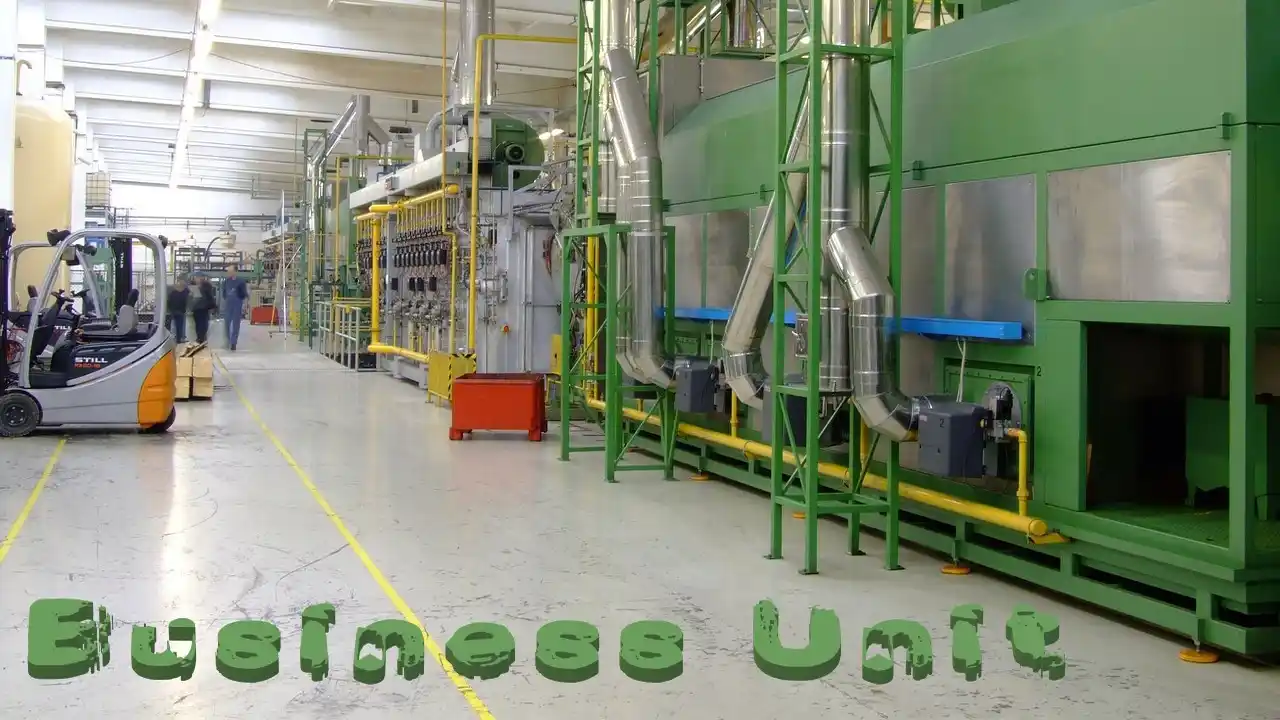Every organization undergoes the same fundamental phases of development: it begins, grows, reaches maturity, and then either renews itself or ceases to exist. When it comes to business strategy planning and day-to-day operations, it can be extremely beneficial to be aware of your current phase. I’ve spoken with numerous business owners who believe their companies are growing because their sales are increasing by 2% annually when, in reality, their sales are declining because they’re losing small customers while their large customer base is scarcely expanding. These proprietors are not investing in the systems and personnel required to initiate the redevelopment phase. On the other hand, many companies in the expansion phase lose a significant amount of market share because they do not allocate sufficient resources to sustain business growth. Check out these business life cycle stages to broaden your horizons.
In other words, as a business develops, the tasks it must complete to be successful change, and these alterations are frequently substantial. This is the primary reason why most businesses do not develop beyond a certain size: they do not make the necessary changes to advance. Your capacity to adapt alongside your company’s growth is crucial to its long-term success and survival. This is the most important skill to possess at any time or place in your existence.
Top 10 – Business Life Cycle Stages
The “Business Life Cycle” describes the growth and evolution of a business over time. It consists of four sections: the commencement, the growth phase, the development phase, and the conclusion. Along the horizontal axis of a graph depicting the stages of a company’s life cycle is time, and along the vertical axis is one of numerous financial indicators, such as sales, profit, or cash flow. If a business proprietor is aware of where his or her company is in its life cycle, they will be able to make more informed decisions. This is also referred to as the business cycle or economic cycle. Check out these business life cycle stages to broaden your horizons.
Launch
Every company begins as a business, and the initial stage in this process is typically introducing new products or services to the marketplace. When a product is first introduced to the market, sales are typically low at first, but they typically increase over time.
Promoting their competitive advantages and value propositions is one of the most essential things businesses must do to attract the types of customers they desire most.
Nonetheless, business failures are common in the modern era due to low sales and high startup costs. Throughout the entire life cycle of a business, the profit cycle follows the sales cycle. This indicates that revenue growth and profit growth occur at distinct times.
Seed Phase
When your enterprise is still an idea or a plan, it is in the seed stage. Before focusing on a singular opportunity, the majority of businesses in the seed stage will have to overcome the challenge of gaining market acceptance. Do not commit the error of attempting to do too much at once.
At this stage in the company’s development, your primary objective should be to ensure that your business concept aligns with your skills, experiences, and interests. A business plan, funding, and the ownership structure of the company must all be developed before it can be launched.
Stage of Development
The most essential aspect of launching a business is to generate customer demand and convert it into sales. As a result, the company must expand its sales and marketing operations as well as its capacity to deliver the product or service. Your company will always be in a precarious position, regardless of how prosperous it becomes in the future.
There may have been a small number of early adopters, but it remains unclear how the product will perform in the larger market. Since your cash flow is still inadequate, you may occasionally be unable to sell your products. When a business is just beginning, it encounters a different set of challenges than when it begins to expand.
Startup
When a business is just getting started, it will either seek funding from investors or institutions, or it will use the funds it already has. At this stage in the game, your best allies will be adaptability, dexterity, and flexibility. It makes no difference where the money comes from. It is a time for attempting new things, making errors, and attempting again.
Consider what could prevent the company from expanding in the future, and devote your time to activities that promote growth. Invest time and energy into getting to know your customers better. Invest in your employees and encourage them to assume greater responsibility for the company’s operations and customer service. This is good business life cycle.
Growth
Your consumers should be able to explain your business plan to possible new customers while it is still growing. Maintain the same price, but make minor adjustments for new customers. After three to four years, existing customer relationships should have reached a more mature state.
There should be a decline in the number of employees leaving your company, and you should not have to fret about making payroll or retaining employees. During the growth phase of its evolution, your company will attempt to make a significant impact on its target market. While assembling teams and installing higher-level management to oversee processes, you should examine your own organization.
Established
The modest business has expanded into a large, prosperous enterprise. It has made a significant impact on the market and gained customer loyalty. The steady increase in sales is not out of control, and the company is acting as usual. The business owner cannot take a holiday at this time. Instead, he must concentrate on something even more crucial and consider his methods.
The market is competitive, and any problems that arise as a result of changing competition, changing consumer preferences, etc. can be resolved by examining past successes. Productivity must increase, and the business proprietor must consider how to improve their products or services.
To remain competitive in the industry, the business proprietor will consider combining the most effective business practices with automation and the possibility of outsourcing the company’s activities to increase efficiency. This is business life cycle stages.
Maturity
Even if your company’s revenues are not skyrocketing, it will not necessarily fail. In contrast, adulthood has the potential to be the most gratifying stage of life. You are in a favorable position to proceed at this time. The company’s profits are not astronomical, but they are consistent and dependable.
You’re aware of the circumstances, and it seems like your company will stay in operation for years, if not decades. If your company has successfully adapted to its environment, you should experience consistent growth year after year. The most difficult aspect of this round will be protecting yourself from the other competitors, who will constantly attempt to push you off your perch. There is still risk. It is essential to seek out novel strategies for launching new products and expanding into new market segments.
Stage of Expansion
If your current business is profitable or has reached a point where it cannot grow without new customers, it may be time to consider expanding into a new market.
In certain circumstances, expanding into a smaller, more specialized market may be preferable to expanding into a larger, more competitive market where entry may take longer. Before deciding where to invest your money or time, you should conduct extensive planning and research. You may wish to concentrate on consumer markets that are distinct from your current one.
The Stage of Decline
Sales, profits, and cash flow all decrease during the downturn stage, making its identification simple. If a business proprietor cannot reduce expenses or increase profits to an acceptable level, he or she may be forced to sell or close the business.
By generating new concepts or expanding into new markets or technologies, a company can avoid the anticipated decline associated with industry stagnation. It will then be able to alter its position on the market and resume its growth. This is business life cycle.
Succession
The final phase of a business’s life cycle is when the current owner decides to close the company, sell it, or locate a new leader. There are a variety of reasons why someone might decide to sell their residence. You may wish to attempt something new, your business may be struggling, or you may be experiencing emotional or physical issues. Y
ou believe you can sell your successful business for a profit and then retire. The potential successor of a small business owner is typically a family member, close acquaintance, or current employee who wishes to take over and manage the business. On the other hand, you may consider selling your business to a third party you know little about.
FAQ
Why is it that Growth is more Essential than Profit?
The Ultimate Say. When it comes to the expansion of a business, earning money and expanding go hand in hand. Profit is essential for a company’s fundamental financial health, and growth is essential for both profit and long-term success. Investors must evaluate each factor based on its impact on a particular business.
Is there such a Thing as a Risk-free Business?
Risk is inherent to all businesses, and without it, no business could operate. Risk can be mitigated, but never eliminated entirely. The majority of the risk level is determined by the type of business and the scale of the company. Smaller businesses face less risk than their larger counterparts.
How do you Calculate the Life Cycle of a Business?
The business life cycle illustrates the various stages a company goes through as it develops and evolves over time. This cycle is frequently divided into five stages: initiation, development, maturation, and decline. Time is depicted on the left side of a cycle graph, while money or other financial measures are depicted on the right.
Final Words
The term “decline” is not always synonymous with “termination.” As stated previously, a product or service can always modify or improved, and there are always new areas to investigate. At each growth stage, a company must cope with both new and old issues. There’s a good possibility that methods that worked in the previous stage will not be effective in the next. Changing your business, marketing, and running plans is almost always a good notion. This article will go into business life cycle stages in detail and provide some examples for your convenience. Gain an insider’s perspective on business case development subject by reading this interview with a leading expert.






